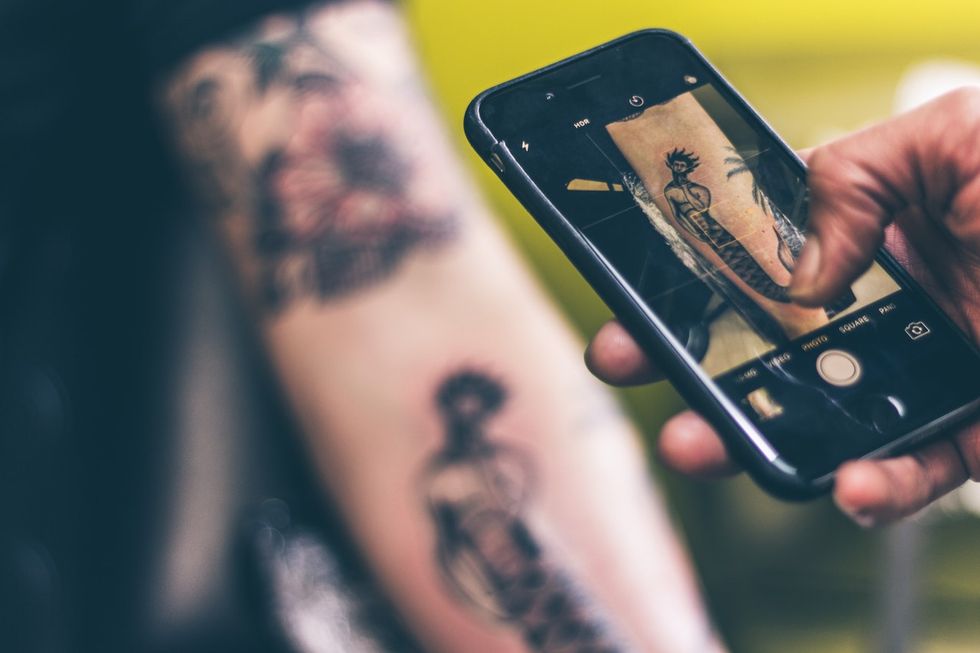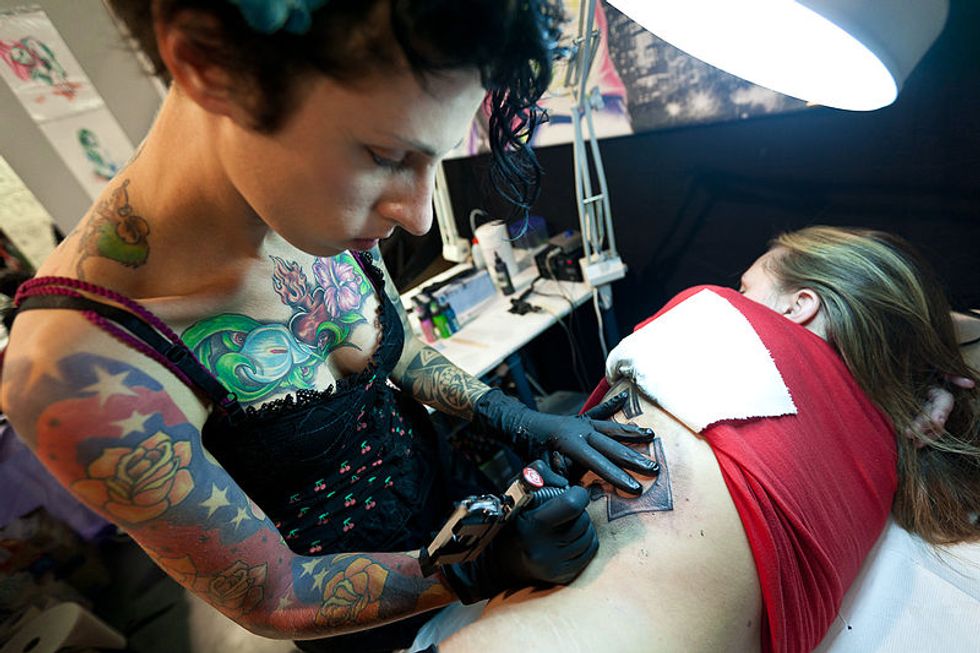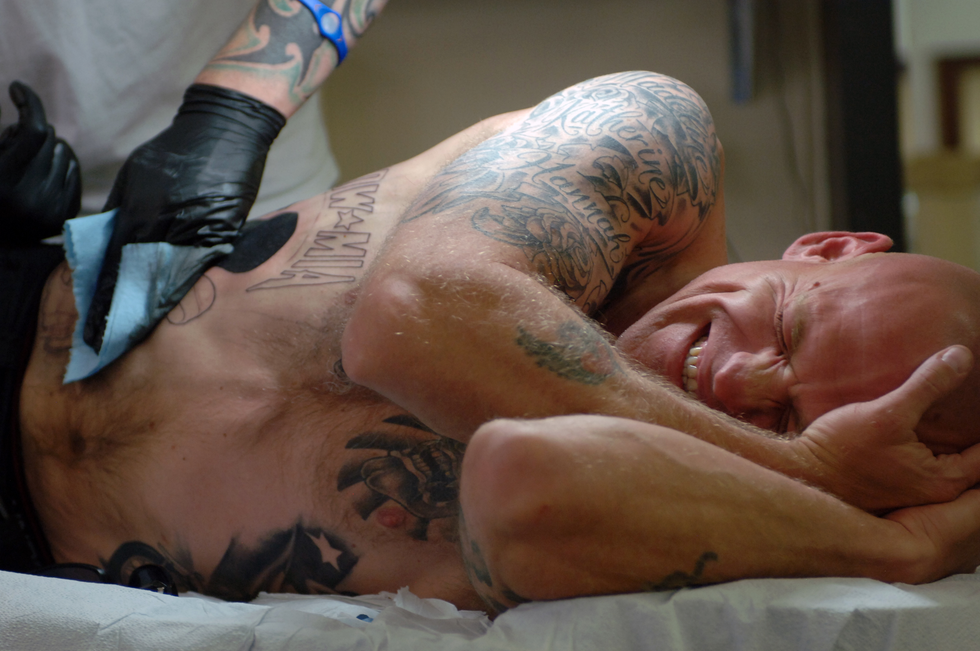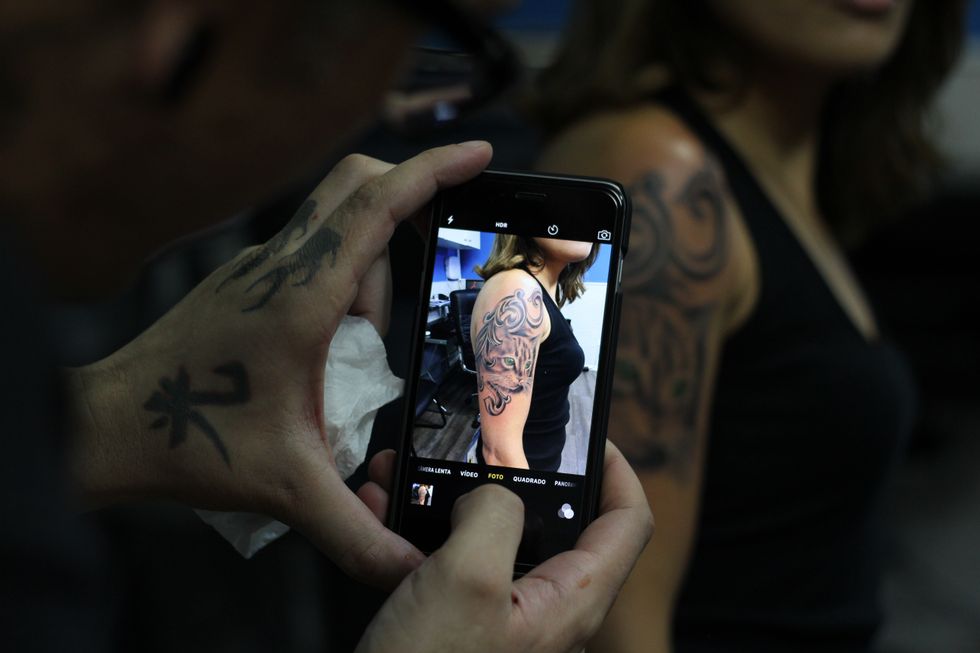So you've been thinking about getting inked? You've come to the right place. It's a daunting process, getting your first tattoo. If you're new to the whole culture, then there's a lot for you to take in. This guide will hopefully help you lay out a to-do list for your very first visit to a shop and for aftercare. There are many reasons to get a tattoo, but this article isn't about your reasons why. It's about how you should go about getting your very first one.
1. Make sure you want to get a tattoo.
This is important. I could say this for just about every step of this guide, but this one is probably the most important. Tattoos nowadays aren't as permanent as they used to be since removal lasers have become popular in the last decade or so. That's not to say that sessions to get your tattoo removed are cheap. Not to mention, getting the tattoo done itself is very expensive. Make sure that this is something that you want to do for sure. Sleep on it and give it some serious thought. Maybe double check with your bank account, too.
2. Know what you're going to get.
There are a lot of things that can piss off a tattoo artist, but one of the very common ones is when people walk into the shop and do not have a specific idea of what they want to get. There are people out there who just say, "I know I want something on my right bicep here, but I don't know what. I was hoping you'd help me with that." Ugh. Don't be that person. Do your research and have an idea in mind of what you want. Consider style, size, location and colors. These are the things that artists tend to ask you about and it's really helpful if you have an answer for all of these features.
3. Find an artist.
There are countless shops out there. In my neighborhood alone, there are seven. Each of those shops has about five artists. That means that there are 35 potential options for someone to do my tattoo, and I don't even have to drive ten minutes to do it. The difference is that each artist has a different style, specialty, preference, you name it. There are things they do well and things they don't. Look at their portfolios, either online or in-shop to see if their past work jives with what you are trying to get. Keep in mind that it's quite standard for local artists to charge around $100 per hour of tattooing, so use this as a comparison point but not as a deciding factor. Obviously, some artists are more experienced and deserve to charge more for their work.
4. Set up a consultation and appointment.
Reach out to that artist by any means that is comfortable for you. You're going to want to talk to them about whether or not they'd like to do the tattoo for you and if they have any questions. When I first started to get tattoos, I was really nervous about just calling the shop to ask for a consultation. Instead, I turned to emailing the artist and, most of the time, it worked out okay! It could even be preferable for artists because they can answer questions on their own time rather than rush a call because they're with a different client. Make sure to schedule a time to meet up with them and talk about your tattoo. If things go right, you can schedule a time to come in and get it done right after the consultation.
5. Show up and get tattooed.
This is the big day. Make sure you wear clothes where the artist can easily access the part of your body on which you are getting tattooed. It'll just make things easier. Make sure to bring a hunk of money with you, too. You're going to want to pay for your tattoo as well as give your artist a tip, especially if you like their work. As a standard, I say 25% is a minimum you should ever tip for a tattoo. Show up a bit early to do paperwork. The artist will most likely want to go over their design with you, too, if it's a custom job. Once that's all done, they'll guide you to their station and the ball will finally get rolling. Yes, prepare for some pain. It's no lie or a joke.
6. Take care of the new tat.
Congrats on the new ink! Getting off of the tattoo chair, your artist is going to lather your new ink up in some ointment and slap on a plastic wrap of some sort to keep nasty bacteria from getting on your design. The artist will be giving you instructions for care, but I'll give you a rundown of what to expect from them. For the next couple of days, you're going to want to treat your tattoo like an open wound. Keep the wrap on for about five hours. After that time, remove it carefully and give your tattoo a nice rinse. Make sure to wash with a gentle scentless soap (there's most likely going to be a bit of dried blood).
For the next couple of days, apply a thin layer of ointment (Aquaphor is the best, in my experience) about two or three times a day. Don't excessively stretch that part of your skin or you could scab the tattoo and cause the ink to bleed, ruining your design. Just take it easy for a while. You'll notice that after a couple of days, the skin on your tattoo will start to flake off like a sunburn. Whatever you do, DO NOT itch your tattoo. You'll displace the ink and possibly cause an infection. At this point, you'll want to apply some gentle fragrance-free lotion (I prefer Eucerin) about three or four times a day. After a week or a week and a half, the itching should stop and so should the peeling. Three weeks to a month later, your tattoo should be completely healed!
If you start noticing long-lasting redness (after three weeks), let your tattoo artist know (and possibly your doctor) because it could be an infection. You sure don't want that.
7. Rock it.
That's it! Go out there and work your magic! Show your friends your new ink and enjoy.


























